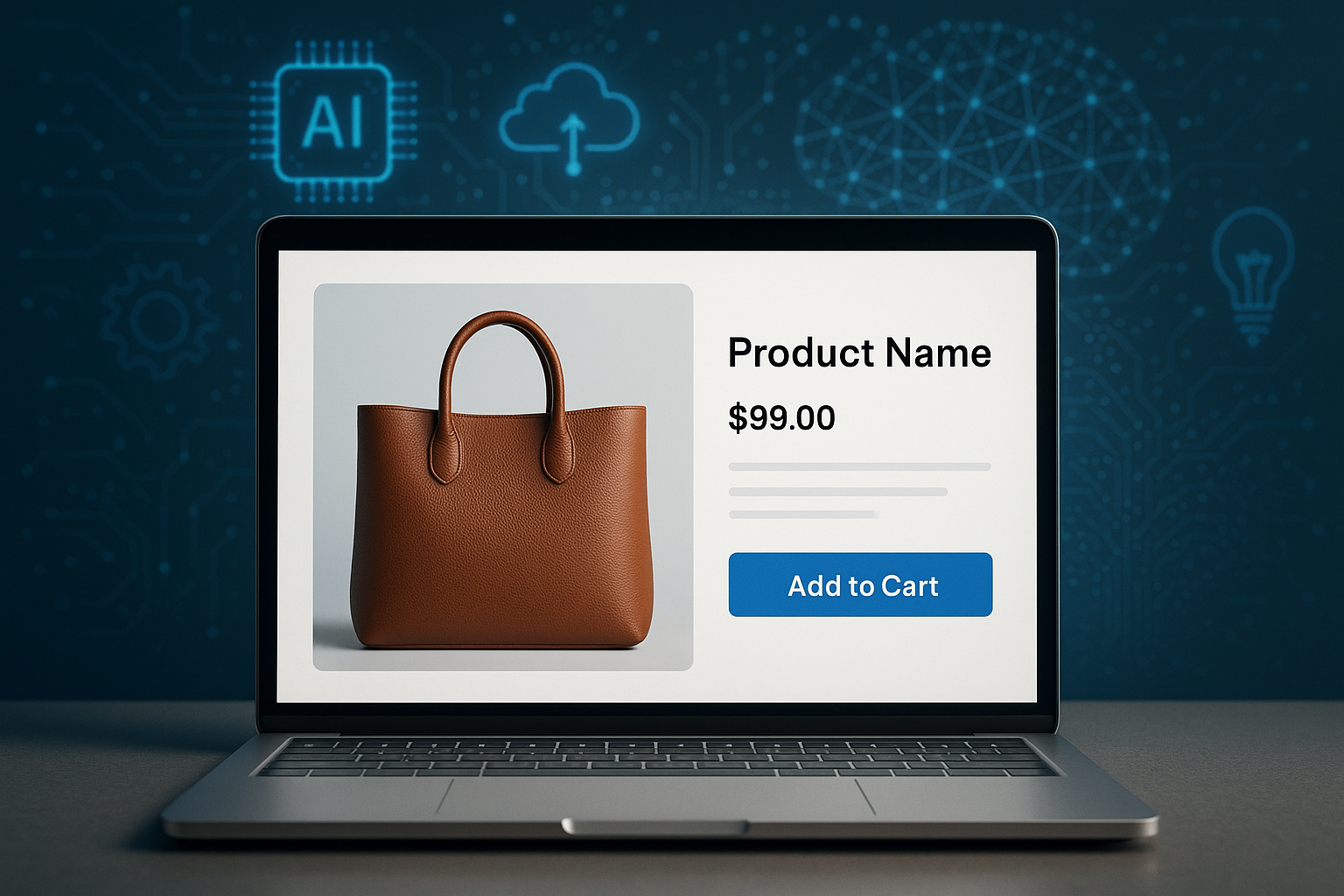Aricles Beyond Ads: Building Sustainable E-Commerce Visibility on the Digital Shelf

Beyond Ads: Building Sustainable E-Commerce Visibility on the Digital Shelf
Many e-commerce businesses rely on paid ads to drive traffic and sales. While ads can deliver quick results, they come at a cost—literally. Ad budgets keep rising, competition is increasing, and the moment you stop spending, visibility drops significantly.
If your business depends entirely on paid media, growth isn’t sustainable.
Instead, the key to long-term e-commerce success is organic visibility—ranking high in search results, driving consistent traffic, and winning the Digital Shelf without solely relying on paid ads.
The Problem with Relying on Paid Ads
By 2028, brands will be spending $176 billion on retail media ads, up from $114.4 billion in 2022—a 53.8% increase. While paid ads can boost sales and brand awareness, they come with challenges:
More competition = Higher ad costs and lower profit margins.
Ad fatigue = Customers grow resistant to sponsored content.
No lasting impact = Once you stop spending, visibility drops.
Some argue that ads help businesses gain traction faster, which is true—but if paid media is your only strategy, your growth is tied to continuous spending. For sustainable success, organic visibility must be a priority.
Studies have shown that consumers naturally trust and engage more with organic search results:
85% of all product searches begin on a marketplace or Google, with Google capturing 36% of this initial search traffic.
97% of users ignore paid search results, focusing instead on organic listings, which they perceive as more credible and relevant.
The top three organic search results receive approximately 35% of all click-through traffic, making high organic rankings critical for visibility.
If your products aren’t ranking organically, you’re losing sales to competitors who are.
How to Build Sustainable Digital Shelf Visibility
Winning the Digital Shelf means optimizing your presence so that your products appear without continuous ad spend. Here’s what successful e-commerce businesses focus on:
Optimized Product Listings – Keyword-rich titles, compelling descriptions, and structured data boost rankings.
High-Quality Images & Videos – Engaging visuals improve conversions and search rankings.
Customer Reviews – More reviews build trust and influence rankings.
Technical SEO – Fast-loading, mobile-friendly sites rank higher.
Content Strategy – Blogs, guides, and FAQs attract organic traffic.
Paid vs. Organic: A Smarter Approach
Paid media has its place—for promotions, product launches, and short-term traffic. But it should be a tool, not your entire strategy.
To grow profitably, e-commerce businesses need a strong organic foundation that drives sustainable traffic and sales.
Final Thought: Are You Building for the Future?
If your business relies only on paid ads, you’re renting visibility—but with organic search optimization, you’re building an asset that works for you 24/7.
Are you ready to reduce ad dependency and focus on sustainable e-commerce growth? Let’s discuss in the comments! 👇
#E-Commerce #digitalshelf #omasu #digitalmarketing
More Articles
More Articles
From Drafts to Dollars: AI-Driven Product Listing Optimization for Maximum Sales
Mei 03, 2025Read More
Product Title Optimisation in E-Commerce
Mar 04, 2025Read More
Beyond Ads: Building Sustainable E-Commerce Visibility on the Digital Shelf
Mar 04, 2025Read More
